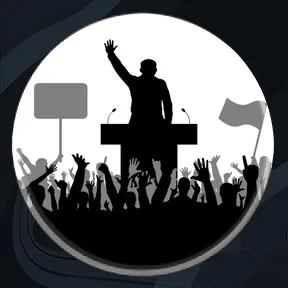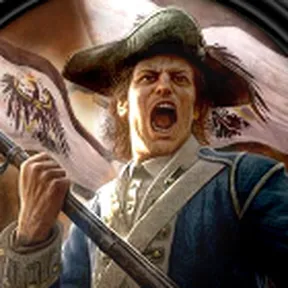Epic History | The Russian Revolution (1917)
We explain all the major events of Russia's TWO revolutions of 1917– the February Revolution that ended Tsarist rule in Russia, and the October Revolution, that brought the Bolsheviks to power.
We explain the causes of Tsar Nicholas II's growing unpopularity - the role of the mysterious Siberian mystic Rasputin, Russia's disastrous involvement in World War One, and the events on the streets of Petrograd that led to the Tsar's abdication.
That summer Russia lurched from crisis to crisis, with a Provisional Government that faced riots (the July Days), military revolt (the Kornilov Affair), economic chaos, and constantly dwindling support. Socialist Prime Minister Alexander Kerensky, once hailed as Russia's great hope, was unable to restore order, or, in October, prevent the Bolsheviks from launching a coup, organised by Leon Trotsky and led by Vladimir Lenin, that overthrew the Provisional Government and brought the Bolsheviks to power.
A brutal civil war followed, leading to the death of more than 10 million Russians – amongst them Tsar Nicholas II and his family, executed by Bolsheviks at Yekaterinburg in July 1918.
From the wreckage emerged the Soviet Union, formed in 1922, and destined to be one of the 20th century's superpowers.


















































